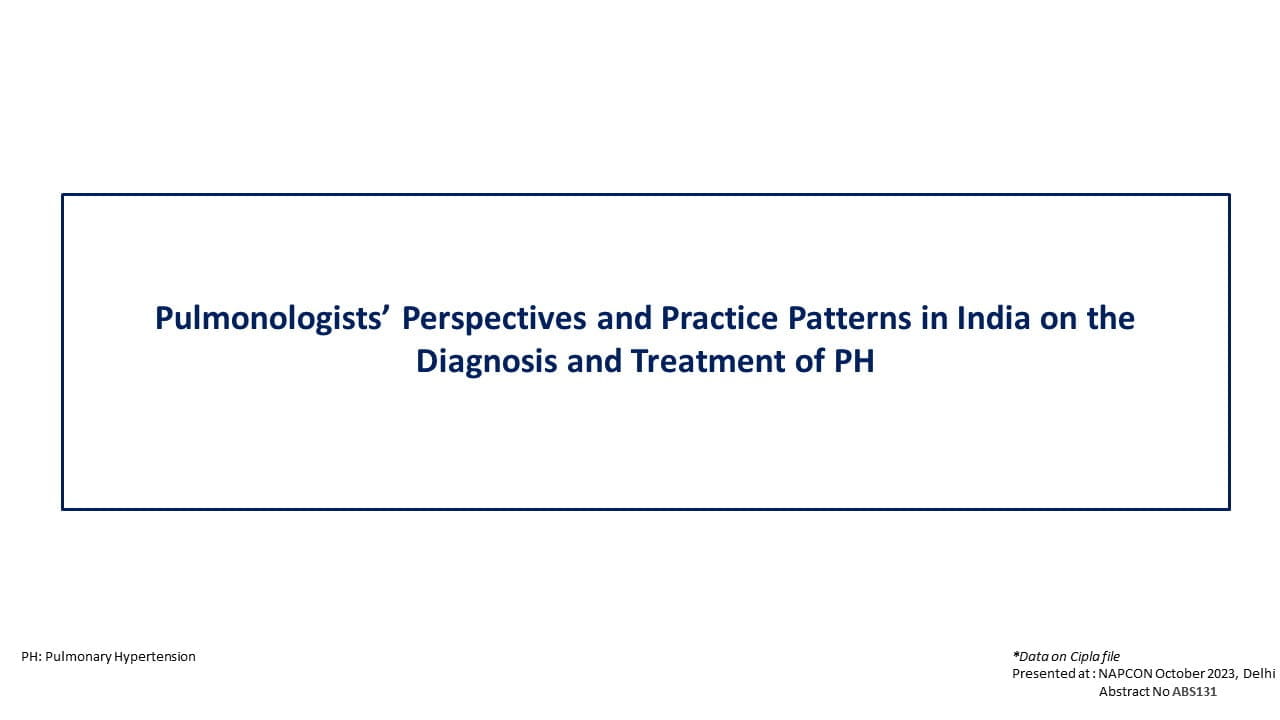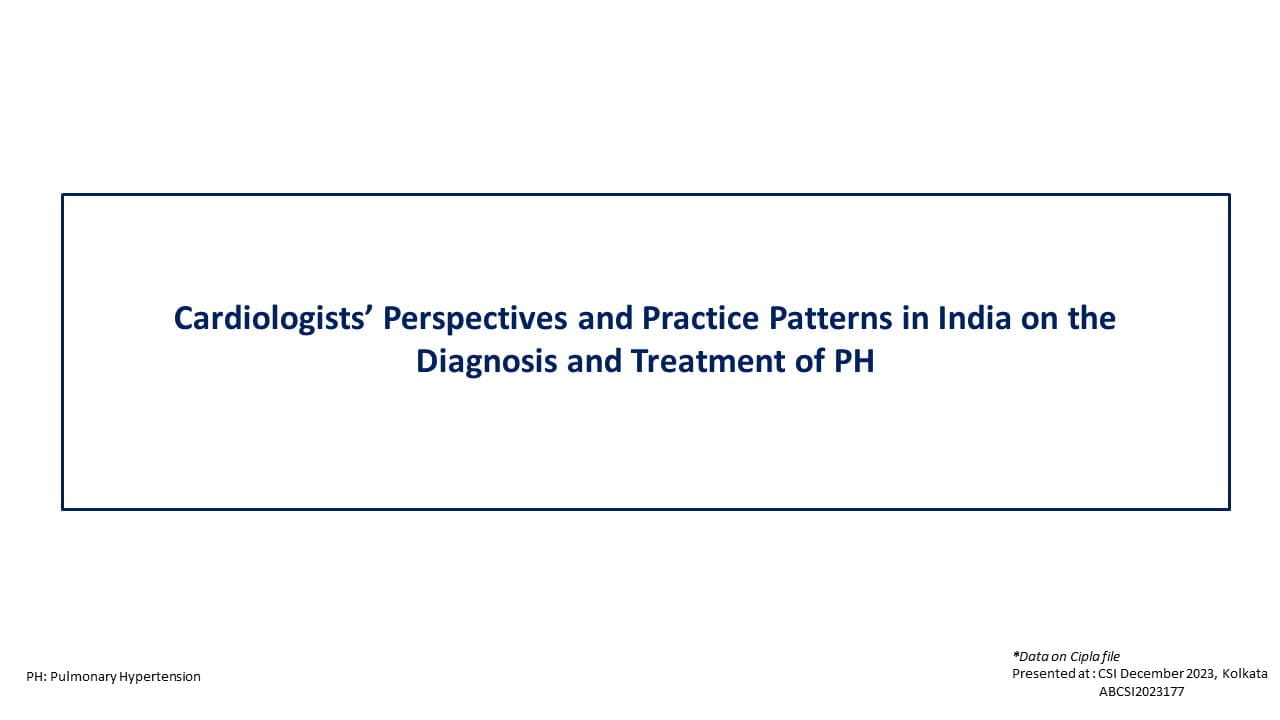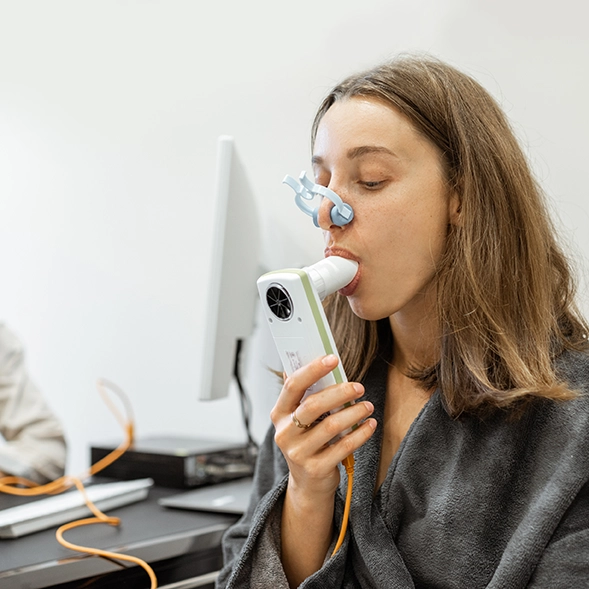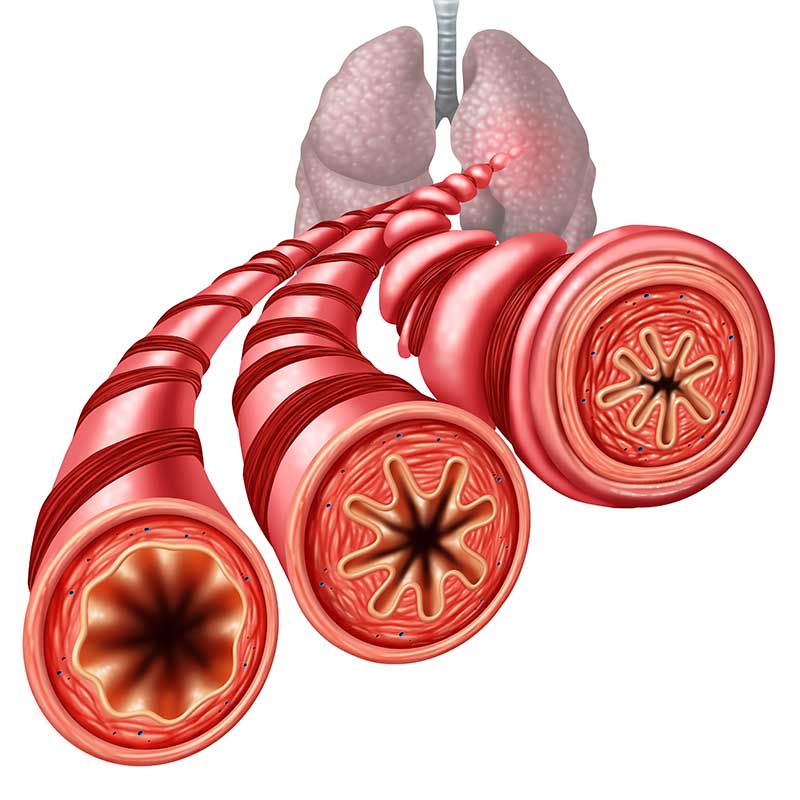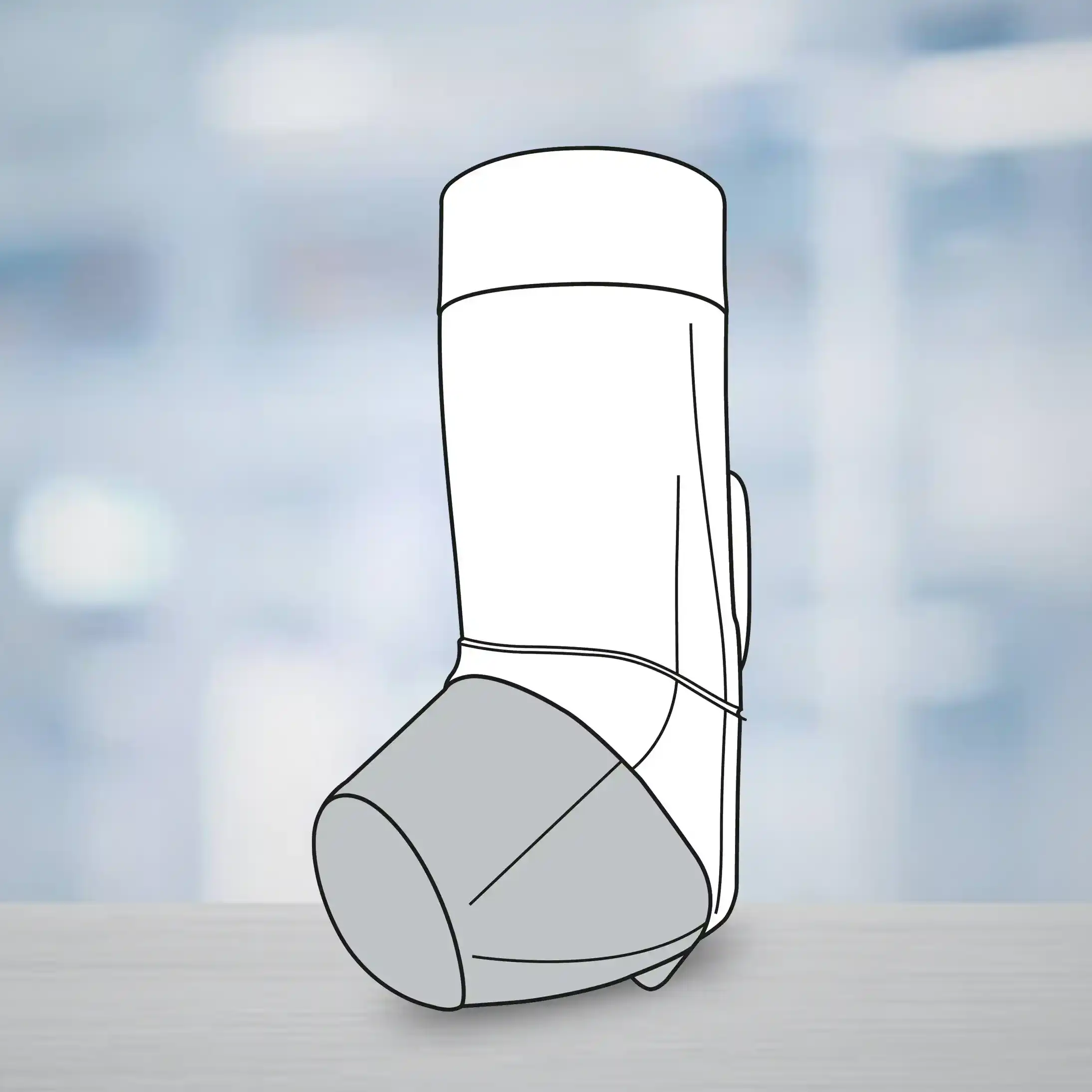Efficacy and Safety of Elagolix for Treatment of Endometriosis-Associated Pain
26 Aug, 25
Introduction
Endometriosis is a chronic, estrogen-dependent inflammatory condition affecting 6-10% of women of reproductive age. Elagolix, an oral GnRH antagonist, offers a novel approach by partially suppressing estrogen levels to manage pain while minimizing hypoestrogenic side effects.
Aim
To evaluate the efficacy and safety of two doses of elagolix in treating endometriosis-associated pain
Patient Profile
- Premenopausal women (18-49 years) with surgically diagnosed endometriosis who had moderate or severe endometriosis-associated pain
- N=653 in EM-I trial; N=632 in EM-II trial
Methods
- Two similar, double-blind, randomized, 6-month phase 3 trials: EM-I and EM-II
Fig 1: Randomization Chart for EM-I and EM-II
- Trials included a washout period for hormonal therapies, a screening period, a 6-month treatment phase, and a follow-up period
Study endpoints
Primary end points
- Proportion of women who had a clinical response with respect to dysmenorrhea
- Proportion who had a clinical response with respect to nonmenstrual pelvic pain at 3 months
Secondary endpoints
- Mean Changes in Pain Scores: Numeric Rating Scale (0 = no pain, 10 = worst pain ever) for endometriosis-associated pain at 3 and 6 months. Dysmenorrhea and nonmenstrual pelvic pain scores at 6 months
- Use of rescue analgesic agents
- Use of rescue opioids
Results
Primary Endpoints
- At 3 months, a significantly greater proportion of women who received each elagolix dose met the clinical response criteria for the two primary end points than did those who received placebo
- Responses were sustained at 6 months
Fig 2: Comparison of primary endpoints in study groups (EM-I Trial)
Fig 3: Comparison of primary endpoints in study groups (EM-II Trial)
Secondary Endpoints:
- Pain scores: Both doses of elagolix significantly reduced pain scores compared to placebo in both trials. At 6 months, reductions were sustained
- Use of rescue analgesic agents: At 3 and 6 months, women in higher-dose group used significantly fewer rescue analgesics compared to the placebo group
- Dyspareunia: At 3 months, higher-dose group showed significantly greater reduction in dyspareunia scores compared to placebo
- Use of rescue opioids: At 3 months, higher-dose group had significant reduction in rescue opioid use compared to placebo
Safety
- Women who received elagolix had higher rates of hot flushes (mostly mild or moderate), higher levels of serum lipids, and greater decreases from baseline in bone mineral density than did those who received placebo
- There were no adverse endometrial findings
Conclusion
- Both doses of elagolix (150 mg once daily and 200 mg twice daily) were effective in improving dysmenorrhea and nonmenstrual pelvic pain in women with moderate or severe endometriosis-associated pain after 3 and 6 months of treatment
- Elagolix was associated with hypoestrogenic adverse effects in dose-dependent manner
Reference
N Engl J Med 2017;377:28-40


